iMarl News

Upcoming iMARL work
Upcoming and ongoing iMARL work
UPFLOW
UPFLOW 2021 – 2022
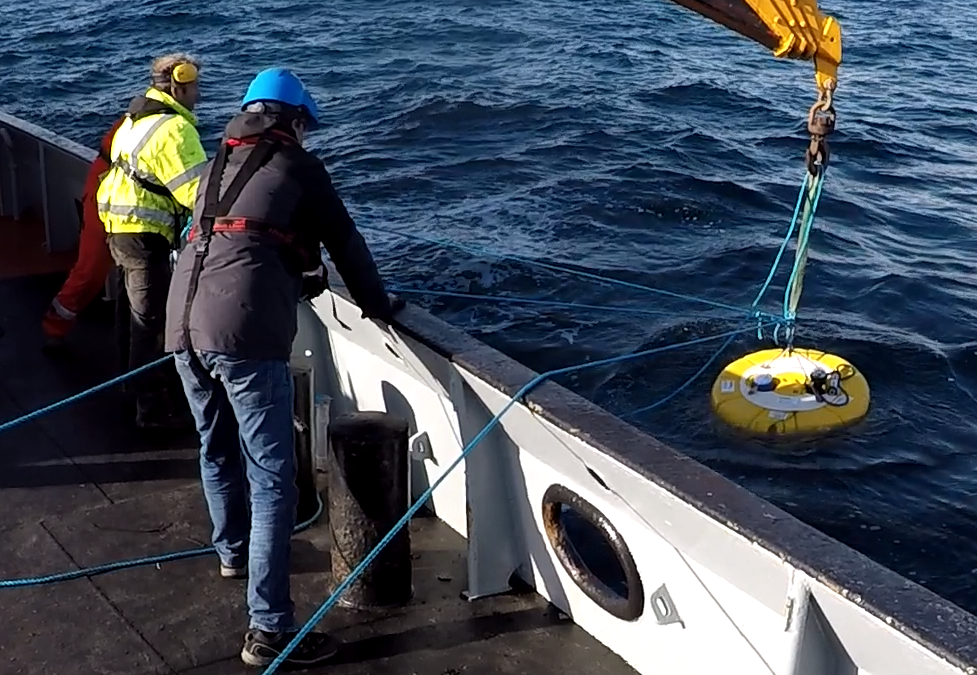
Long term OBS deployed
The new long-term OBS system was deployed in October 2019!
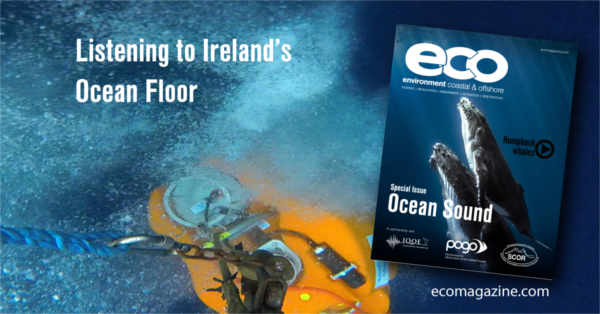
ECO Magazine Special Edition
Prof. Chris Bean explains how the DIAS team is pushing boundaries with innovative new methods as part of the iMARL project supported by the SFI and GSI in this special issue of ECO Magazine.
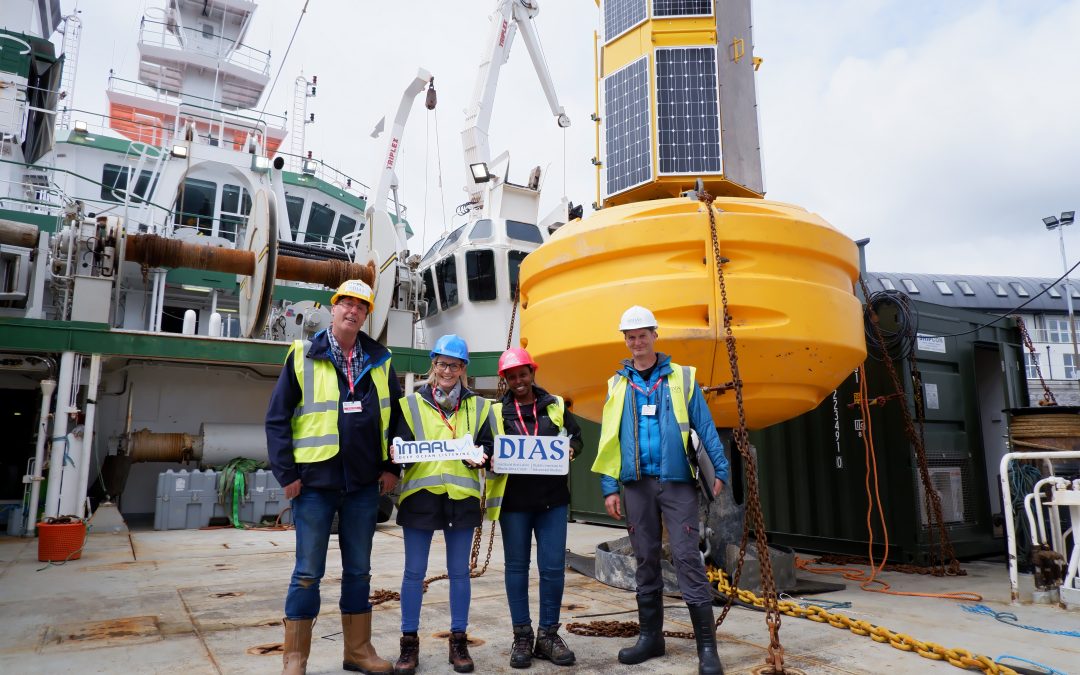
Fixed OBS – Deployment of Surface Equipment
Buoy M6 was deployed 400km west of Galway on the edge of the Rockall Trough at the end of May 2019. Long-term OBS topside satellite and acoustic equipment attached to this weather buoy! Just waiting for the OBS to be deployed in the next few months!
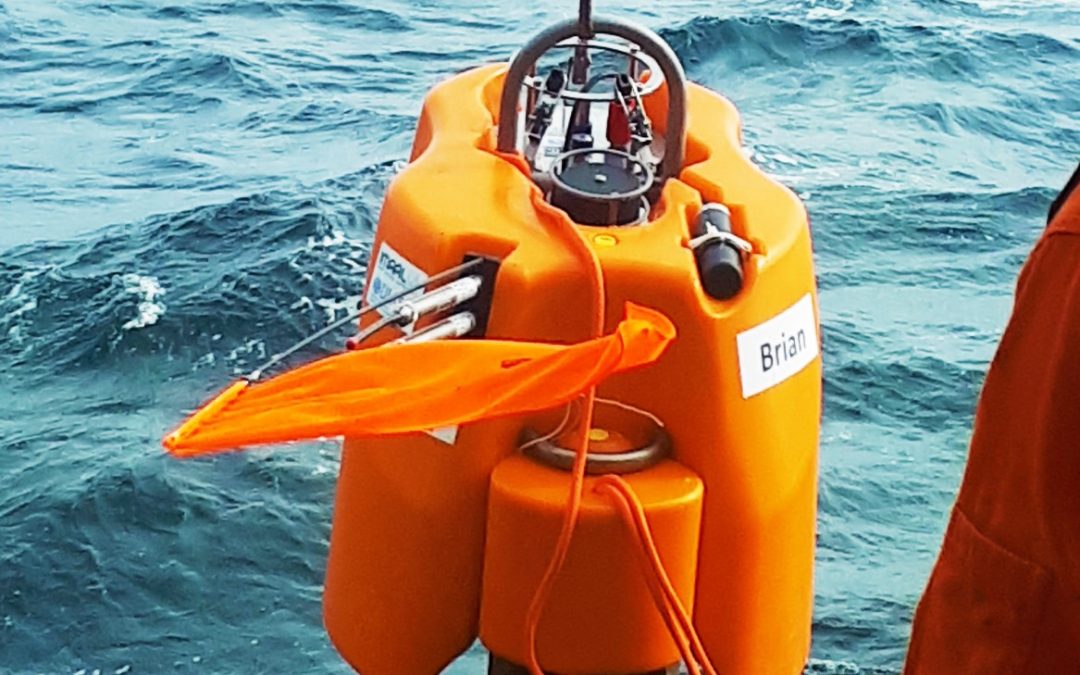
SEA-SEIS project
The SEA-SEIS project successfully deployed 18 NAMMU Ocean Bottom Seismometers (OBS) from the iMARL pool off the south and west coast of Ireland. The research vessel, the RV Celtic Explorer left Cobh Horbour, Cork on Tuesday 18th September 2018. The instruments were retrieved in 2020.

Acoustic Noise measured using iMarl Acoustic Sensors
Eoghan Daly is a research student with the Irish Centre for Research in Applied Geoscience (iCRAG) and NUI Galway. His PhD project is titled ‘Evaluating controls of acoustic noise propagation across the continental margin’.
The survey set out to investigate how human noise travels through the water, from deep ocean to shallow shelf seas. In order to do this, equipment and expertise needs to be mobilised well beyond the scope of the PhD student and supervisor driving the project. For starters, a large collection of hydrophones (underwater microphones) were deployed to record ocean noise. This was made possible by iMARL, which is an ocean instrument pool run by the Dublin Institute for Advanced Studies (DIAS Geophysics Section), through SFI. Without the guys at DIAS we would never have got our hands on such an array of equipment.
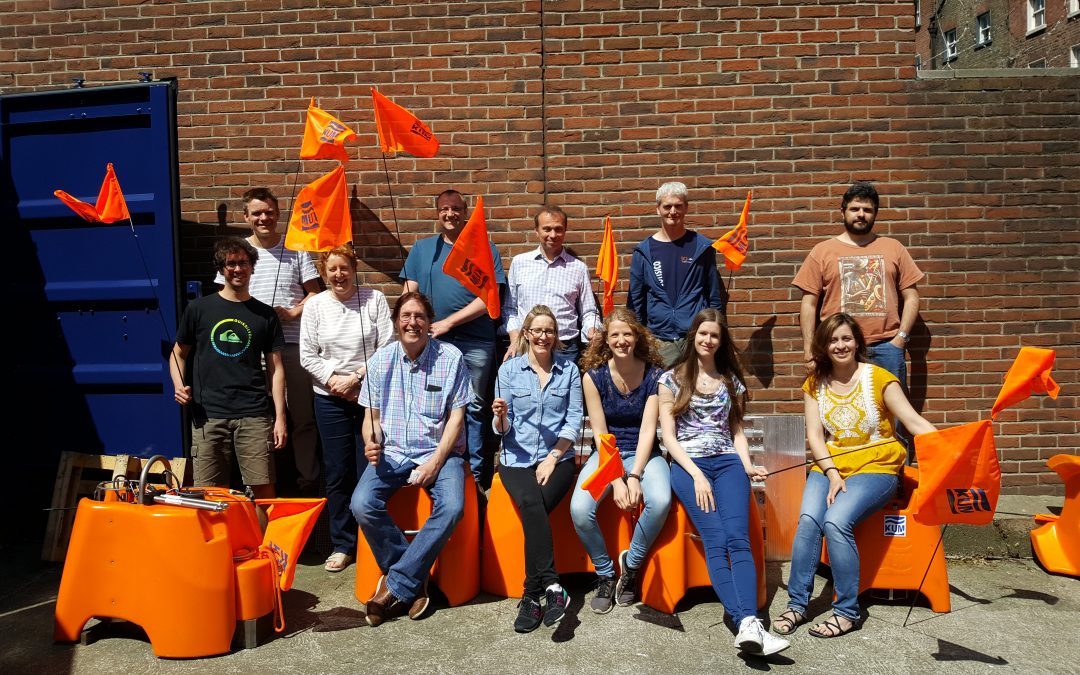
NAMMU training
DIAS staff and scholars had training with developer and physicist at KUM, Arne Schwenk in May to prepare for the first deployment of the NAMMU Broadband OBS-System in September for the Seaseis Project.
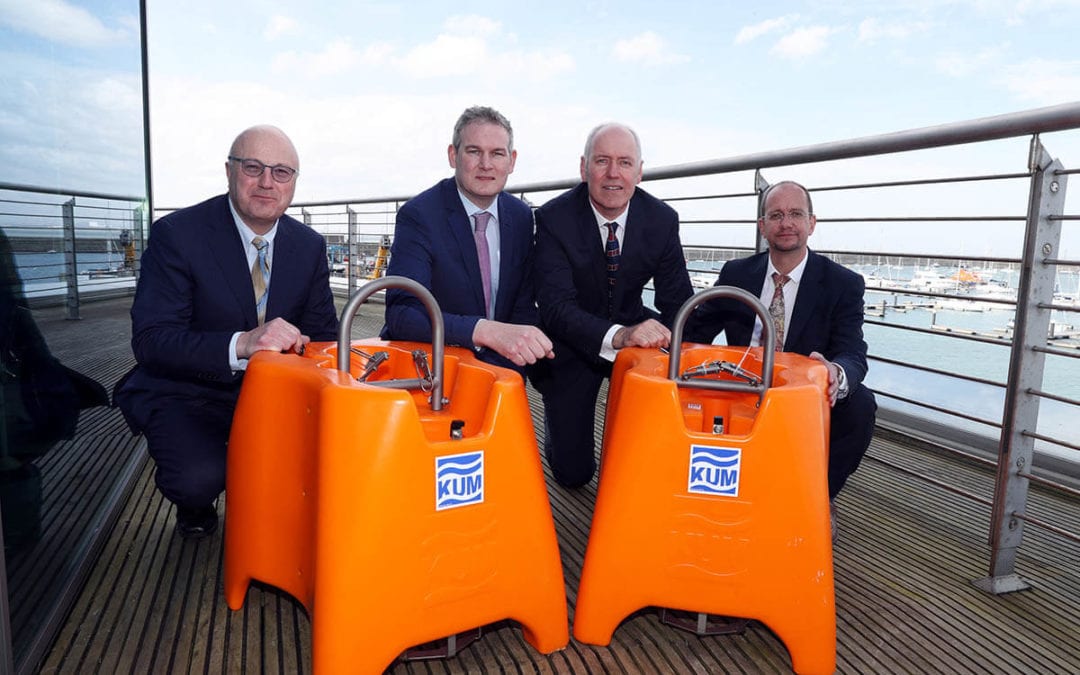
DIAS/iMarl Launch
Researchers from the Dublin Institute for Advanced Studies (DIAS) today launched new National Infrastructure that will provide direct long term observations of the interaction between the ocean and solid Earth. The equipment will facilitate the integration of solid earth and marine geoscience leading to a better understanding of how the land and the deep ocean interact with one another, far offshore. The facility is funded by SFI with support from the Geological Survey, Ireland.

The Ocean Listening 3
This title brings to light the discoveries and insights into the lives of many marine species made possible over the last decade by passive acoustic recorders (PAR). Pop-ups, ARF, HARP, EAR, Bprobe, C-POD Atag, and Dtag are the acronyms of some of the world. This...
Upcoming iMARL work
Upcoming and ongoing iMARL work
UPFLOW
UPFLOW 2021 – 2022

Long term OBS deployed
The new long-term OBS system was deployed in October 2019!

ECO Magazine Special Edition
Prof. Chris Bean explains how the DIAS team is pushing boundaries with innovative new methods as part of the iMARL project supported by the SFI and GSI in this special issue of ECO Magazine.

Fixed OBS – Deployment of Surface Equipment
Buoy M6 was deployed 400km west of Galway on the edge of the Rockall Trough at the end of May 2019. Long-term OBS topside satellite and acoustic equipment attached to this weather buoy! Just waiting for the OBS to be deployed in the next few months!

SEA-SEIS project
The SEA-SEIS project successfully deployed 18 NAMMU Ocean Bottom Seismometers (OBS) from the iMARL pool off the south and west coast of Ireland. The research vessel, the RV Celtic Explorer left Cobh Horbour, Cork on Tuesday 18th September 2018. The instruments were retrieved in 2020.

Acoustic Noise measured using iMarl Acoustic Sensors
Eoghan Daly is a research student with the Irish Centre for Research in Applied Geoscience (iCRAG) and NUI Galway. His PhD project is titled ‘Evaluating controls of acoustic noise propagation across the continental margin’.
The survey set out to investigate how human noise travels through the water, from deep ocean to shallow shelf seas. In order to do this, equipment and expertise needs to be mobilised well beyond the scope of the PhD student and supervisor driving the project. For starters, a large collection of hydrophones (underwater microphones) were deployed to record ocean noise. This was made possible by iMARL, which is an ocean instrument pool run by the Dublin Institute for Advanced Studies (DIAS Geophysics Section), through SFI. Without the guys at DIAS we would never have got our hands on such an array of equipment.

NAMMU training
DIAS staff and scholars had training with developer and physicist at KUM, Arne Schwenk in May to prepare for the first deployment of the NAMMU Broadband OBS-System in September for the Seaseis Project.

DIAS/iMarl Launch
Researchers from the Dublin Institute for Advanced Studies (DIAS) today launched new National Infrastructure that will provide direct long term observations of the interaction between the ocean and solid Earth. The equipment will facilitate the integration of solid earth and marine geoscience leading to a better understanding of how the land and the deep ocean interact with one another, far offshore. The facility is funded by SFI with support from the Geological Survey, Ireland.




